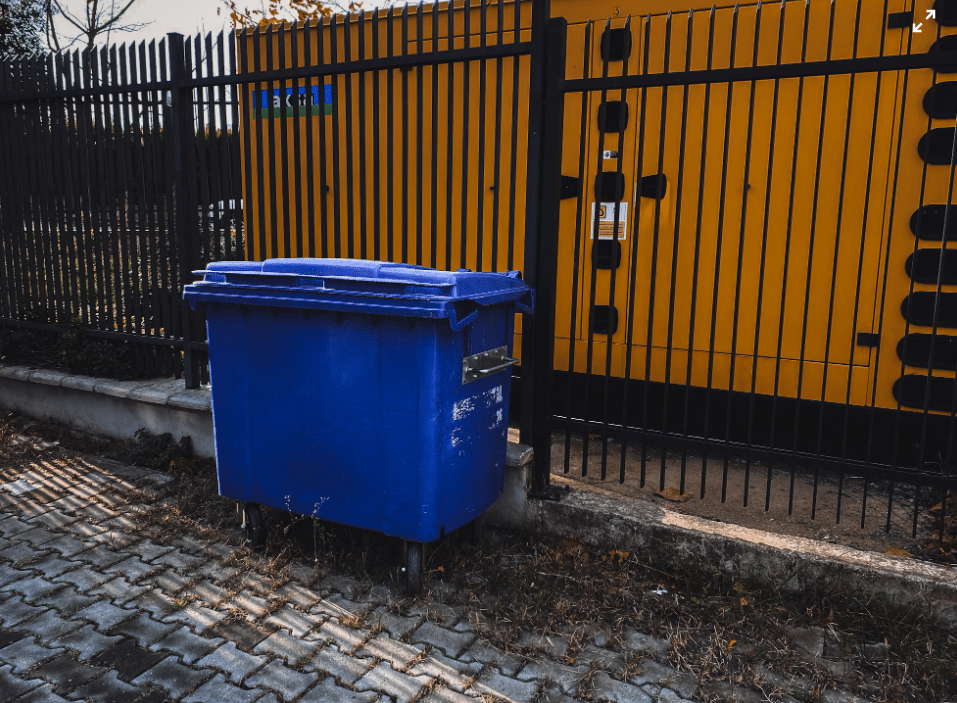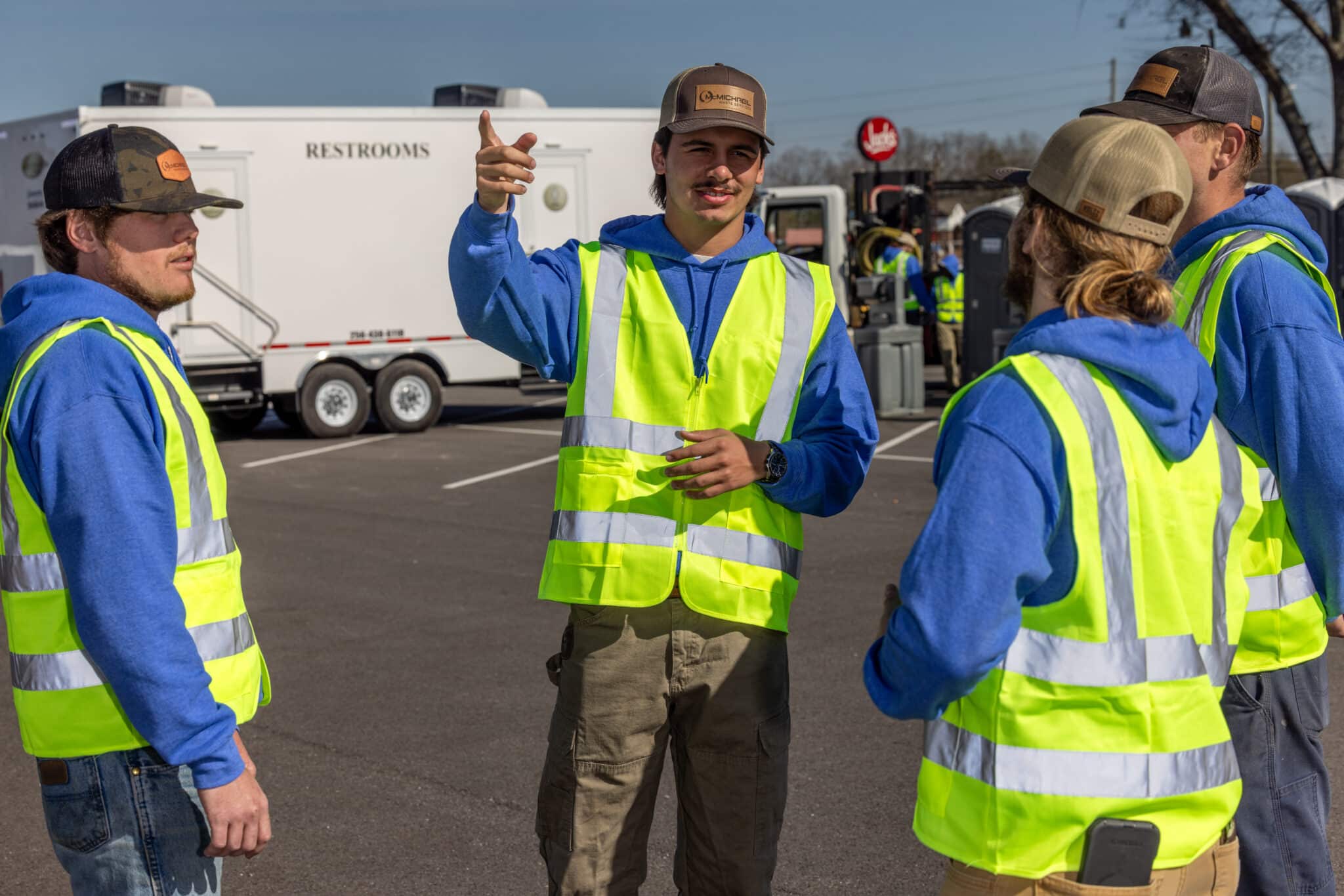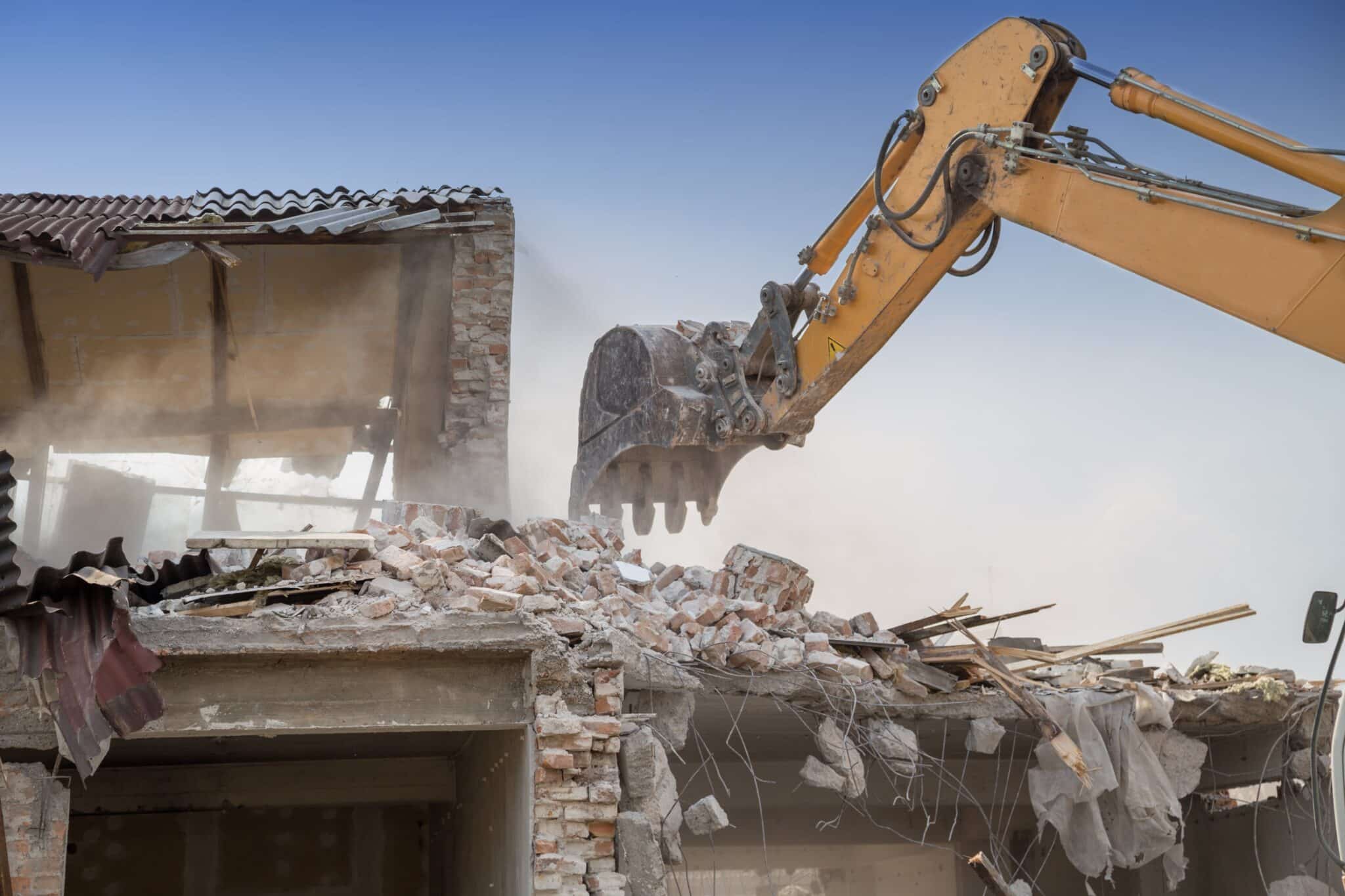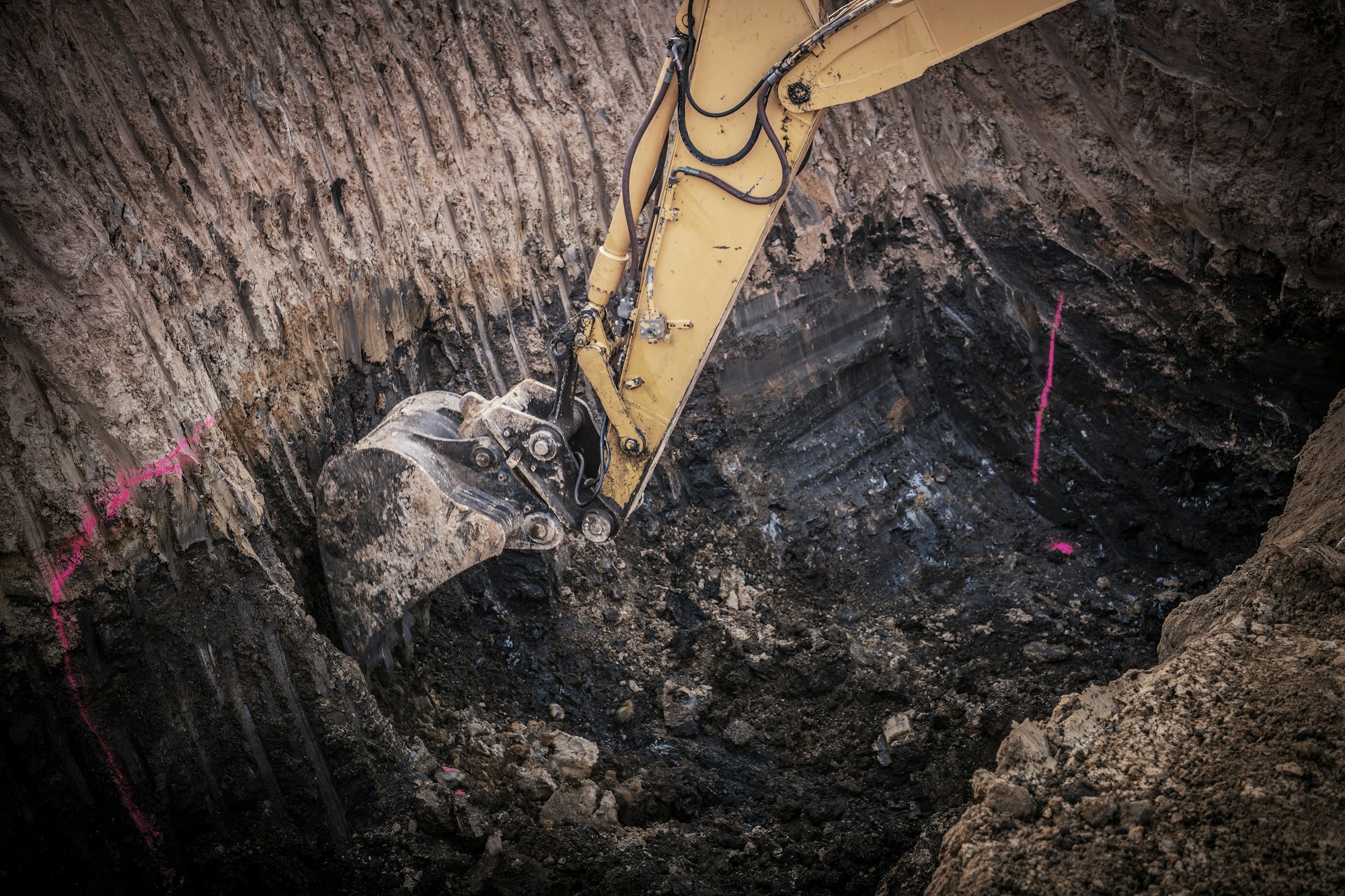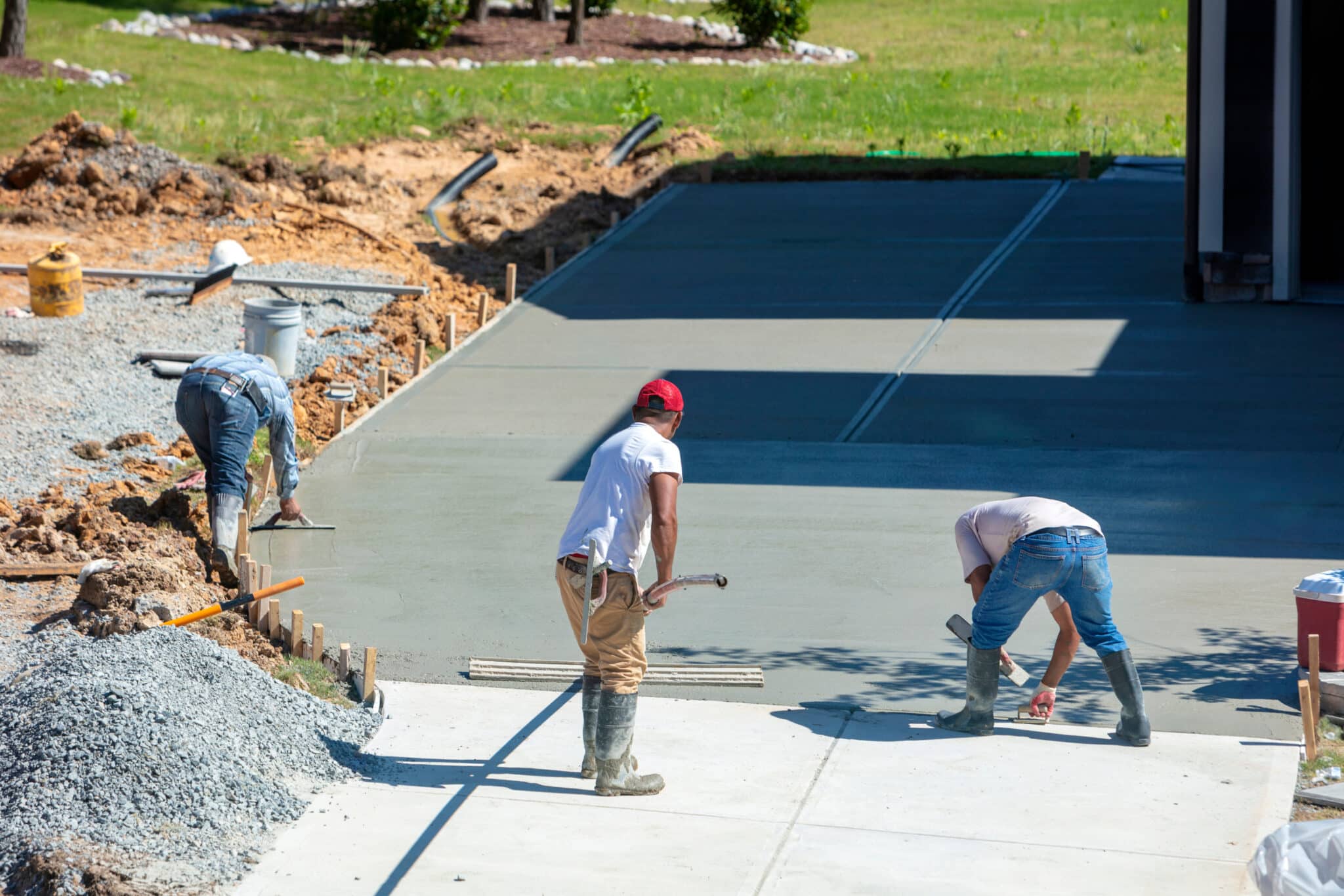Starting a project often brings excitement but can also lead to challenges. One issue many face is managing the waste that accumulates as the project progresses. Picture tackling a home renovation; you’re ripping out old cabinets, pulling down walls, and creating piles of debris. A roll-off dumpster becomes more than just a convenient option; it’s a necessary tool for organization and efficiency. Having the right size dumpster means you’re not stumbling over waste, and you’re keeping the work area tidy and safe.
Selecting the perfect roll-off dumpster isn’t merely about picking something to toss junk into. It’s about making the process as smooth as possible for the unique needs of your project. The right choice can enhance time management and prevent headaches linked to waste overflow. Let’s explore how understanding your project’s specifics helps guide this critical decision.
Understanding Project Needs
When it comes to choosing the appropriate roll-off dumpster, understanding the project’s nature is key. Different projects have varying demands and waste outputs, each calling for tailored dumpster solutions. Whether you’re working on a home renovation, construction site, or landscaping overhaul, each type generates distinct types and amounts of waste.
1. Home Renovations: Projects like kitchen or bathroom makeovers produce a range of debris from old tiles, broken appliances, and cabinet pieces. These often suit dumpsters that handle mixed construction debris.
2. Construction Sites: Heavy-duty sites generate substantial waste such as concrete, bricks, and metal. Choosing a sturdy, larger dumpster here is important to manage bulky materials efficiently.
3. Landscaping Projects: Clearing trees, bushes, and yard waste might create more organic debris. Often, a moderate-sized dumpster designed for yard waste will suit this project well.
Evaluating the project’s scale and specifics provides clarity on the volume of waste expected. This helps align the dumpster choice with the actual needs, preventing underestimation or overestimation. Overloading a dumpster could mean an unsightly mess and unintended extra costs for additional pickups. Thorough consideration saves both time and money, while maintaining a well-organized work site.
Choosing the Right Dumpster Size
Understanding the scope of your project lays the groundwork for selecting the most appropriate dumpster size. Dumpsters generally come in varied sizes measured in cubic yards, such as 10, 20, 30, and 40 yards, each serving different needs:
– 10-Yard Dumpsters: Ideal for small-scale cleanouts or minor renovation tasks with minimal waste.
– 20-Yard Dumpsters: Great for partial home renovations or larger landscaping jobs.
– 30-Yard Dumpsters: Suited for major home renovations like multiple-room remodels.
– 40-Yard Dumpsters: Perfect for extensive construction projects or full home renovations.
Estimating the waste volume requires considering what you’re disposing of. For instance, kitchen renovations may produce more waste than a single room repainting. To avoid size-related issues, ensure clear communication about your project when consulting with professionals. Understanding these typical uses aids in selecting a dumpster size that fits like a glove.
Keeping the project’s waste needs in perspective helps bypass the pitfalls of having a dumpster that’s too small to handle the load, or unnecessarily large, leading to wasted space and money. Making a mindful choice aids in seamlessly integrating the dumpster into the project plan, supporting productivity and keeping everything on track.
Key Considerations for Placement
Finding the right spot for your roll-off dumpster is an important part of the planning process. Imagine setting it up in a place where workers struggle to access it; this not only slows down the project but also creates unnecessary stress. Picking an optimal location ensures the workflow remains smooth.
Start by choosing a flat, stable surface to prevent the dumpster from tilting or rolling. Next, ensure there’s enough room around the dumpster for easy loading without obstacles. A spot near the entrance of the project area is ideal, reducing unnecessary movement of debris. Remember, clear paths for pickup trucks are crucial since these trucks need enough room to drop off and later pick up the dumpster.
Local regulations or restrictions can also play a role, impacting where you can place a dumpster. Always check with local authorities or your waste management provider about any rules you might need to consider, like how close you can place a dumpster to sidewalks or residential streets. Thinking these things through saves time and potential hassle down the road.
Working with Professional Services
Navigating waste management on your own can be a bit overwhelming. This is where professional services come into play, making everything more manageable. Partnering with experts means you benefit from their knowledge not just for picking the right dumpster but ensuring it’s used efficiently.
Professionals can assess your project needs and recommend dumpster sizes and types that suit the job best. They also handle permits and ensure compliance with local regulations, which can be a headache if you’re unfamiliar with such processes. Working with them gives you peace of mind, knowing everything is done by the book.
Tips to find a reliable waste management company include:
– Reputation: Look for businesses with good reviews and testimonials.
– Experience: Choose a company with a solid track record in handling similar projects.
– Customer Service: Prioritize providers known for friendly, reliable service.
Having such support on your side simplifies the process, making your project workflow smoother.
Ensuring Proper Waste Disposal
Effectively managing waste isn’t just about filling up a dumpster. It involves sorting and disposing of materials responsibly. Improper disposal can lead to unnecessary fines and environmental harm. Knowing what can and cannot go into the dumpster helps maintain compliance and efficiency.
– Allowed: Commonly accepted materials include wood, drywall, metal, and some types of furniture.
– Restricted: Items like hazardous materials, electronics, and certain appliances may require special disposal.
By sorting waste at the source, you streamline the process and avoid contamination. Consider working with a provider that offers recycling services, helping maximize material recovery and promote sustainability. Awareness of what to dispose of helps protect the environment and minimizes project interruptions.
Wrapping up, selecting the right roll-off dumpster involves more than just size—it’s about understanding project needs, legal considerations, and sustainable disposal practices. When carefully planned, these elements work together to create a seamless and efficient project experience.
Whether you’re renovating a home or tackling a major construction project, proper waste management is key. To make your project run smoothly, consider the services of McMichael Waste Services. Learn how the right roll-off dumpsters can make cleanup easier, maintain site safety, and support your overall project timeline.


